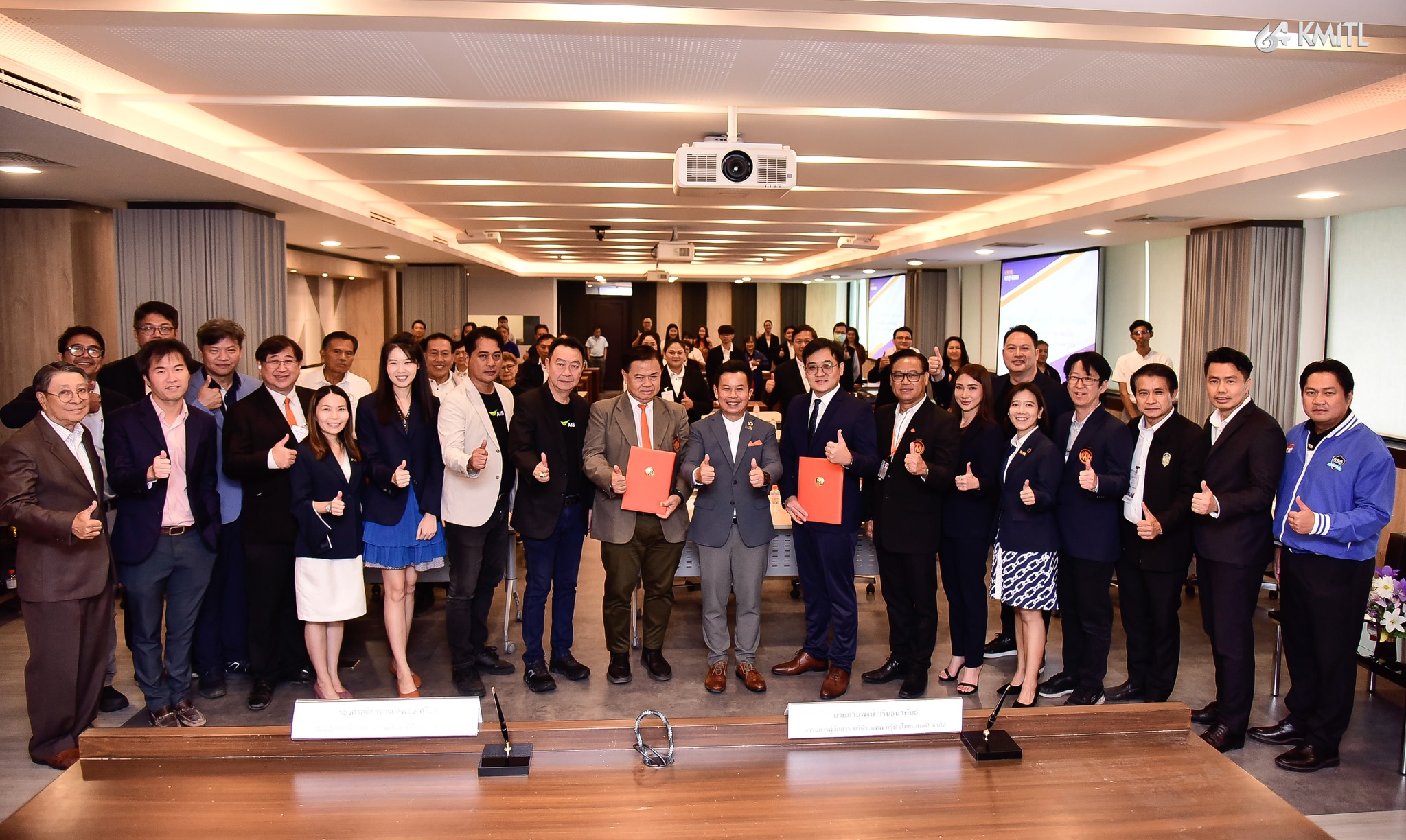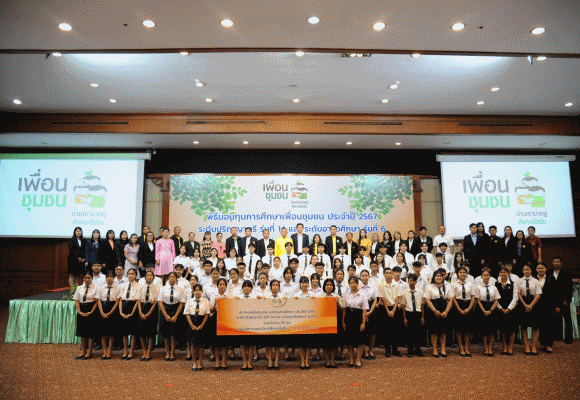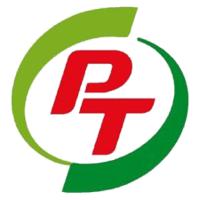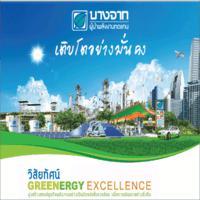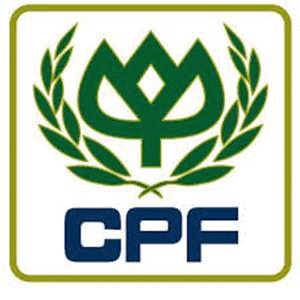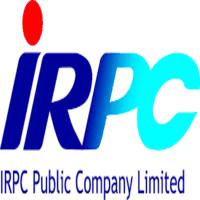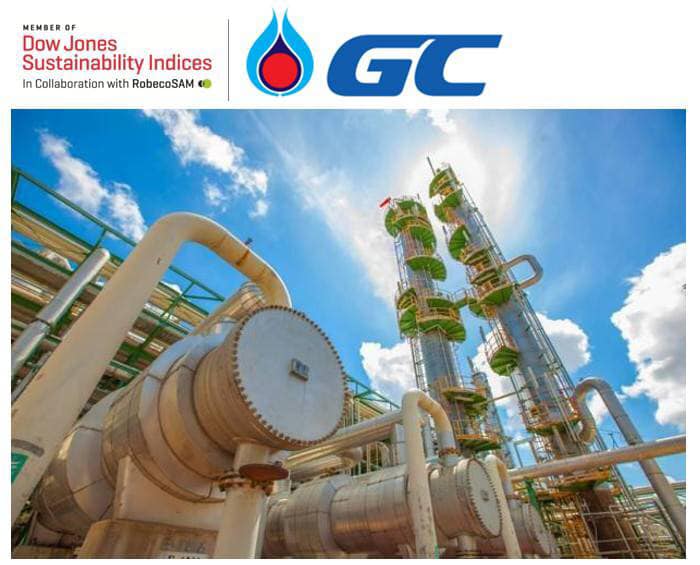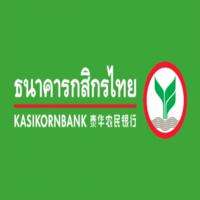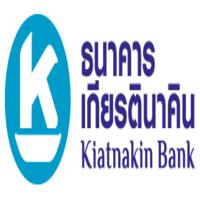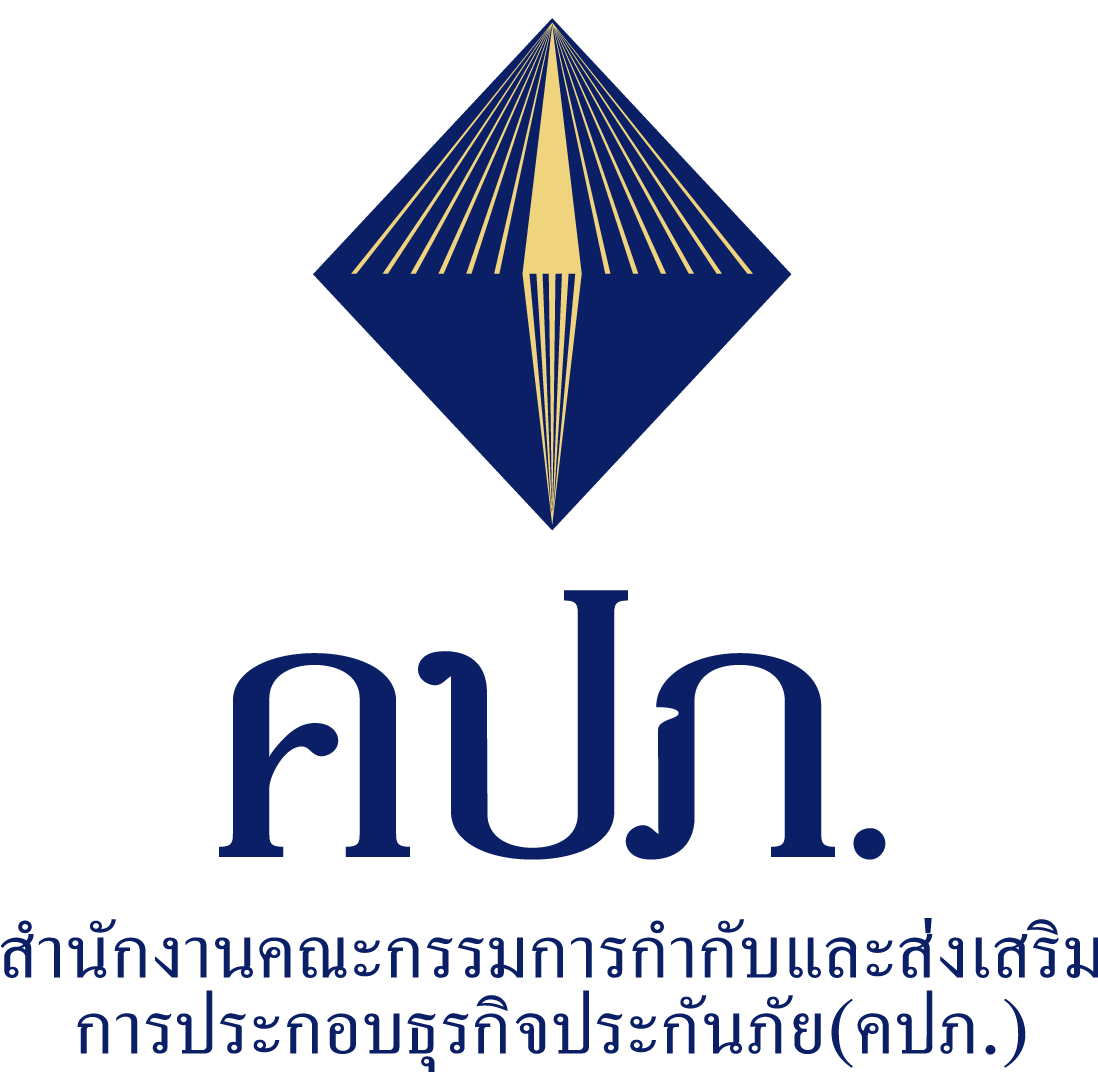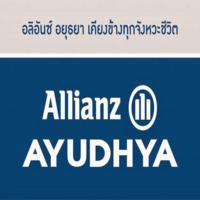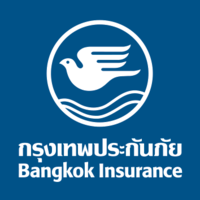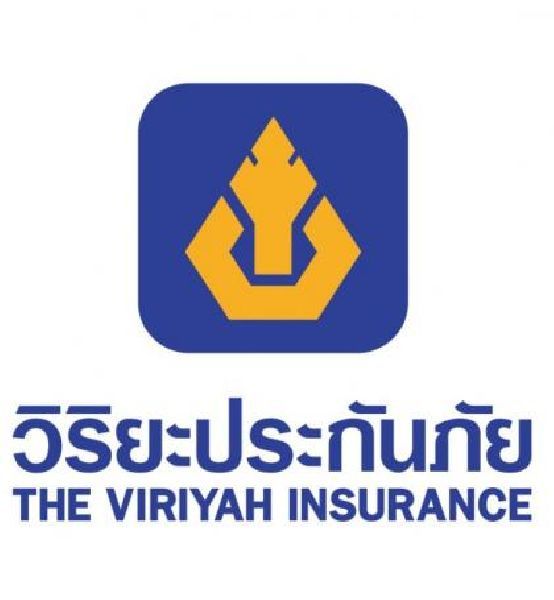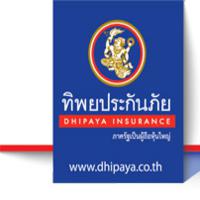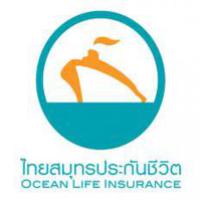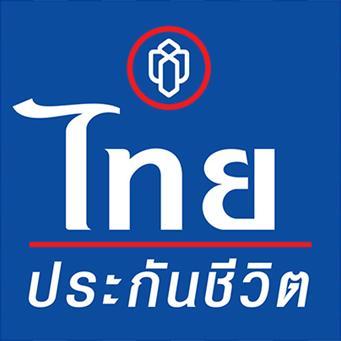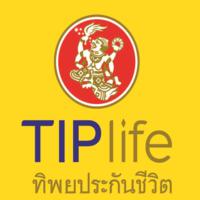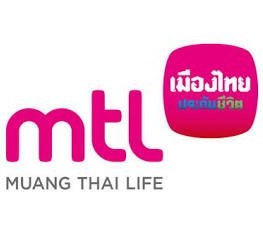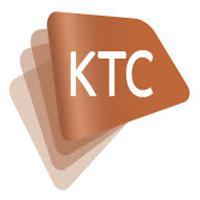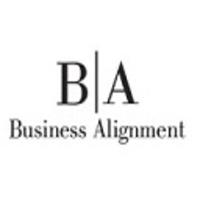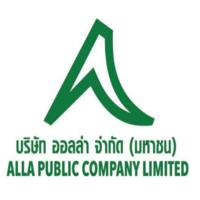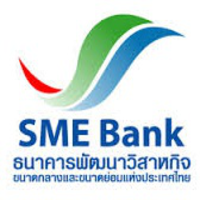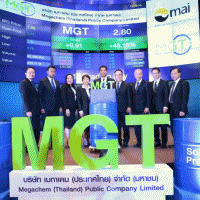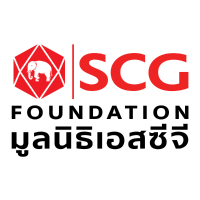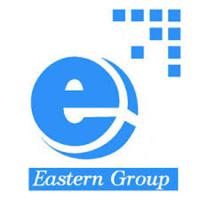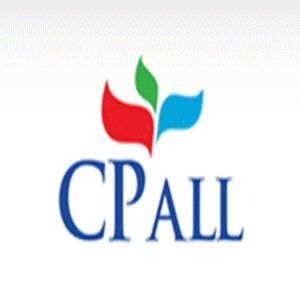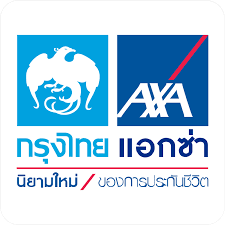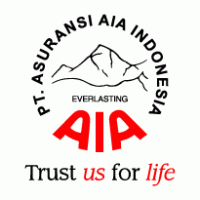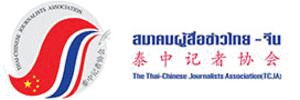- Details
- Category: บล.
- Published: Monday, 27 April 2020 22:10
- Hits: 3308
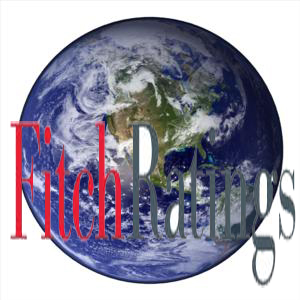 Fitch Takes Rating Action on Standard Chartered Subsidiaries due to Coronavirus and Criteria Change
Fitch Takes Rating Action on Standard Chartered Subsidiaries due to Coronavirus and Criteria Change
Fitch Ratings - Singapore/Seoul/Hong Kong/Bangkok/Taipei/Shanghai - 19 Apr 2020: Fitch has upgraded the Long-Term Issuer Default Ratings (IDR) of Standard Chartered PLC's (A/Negative/a) subsidiaries - Standard Chartered Bank (Singapore) Limited (SCBS), Standard Chartered Bank Korea Limited (SCBK) and Standard Chartered Bank (China) Limited (SCBC) - to 'A+' from 'A'. The Outlooks are Negative.
Fitch has also revised the Outlook on Standard Chartered Bank (Taiwan) Limited (SCBTL) and Standard Chartered Bank (Thai) Public Company Limited (SCBT) to Negative from Stable, and has affirmed the banks' IDRs at 'A' and 'A-', respectively.
As a result of this rating action, all applicable ratings have been removed from Under Criteria Observation.
The rating action follows the affirmation of Standard Chartered and Standard Chartered Bank (SCB, A+/Negative/a). The Negative Outlook on the two banks reflects pressure on the consolidated group's credit profile from the economic fallout of the coronavirus pandemic. The rating action also incorporates changes introduced by Fitch's revised Bank Rating Criteria; these allow the agency to rate subsidiaries one notch above the ultimate parent's IDR or the subsidiaries' Viability Rating if we believe senior external creditors will benefit from resolution funds raised by the group.
Fitch has affirmed SCBS, SCBK, SCBTL and SCBT's Viability Ratings, while noting downside risks. The Viability Ratings reflect expected pressure on the operating environment, asset quality and earnings stemming from the coronavirus pandemic over the next two years, but also solid capital buffers above requirements and broadly stable liquidity profiles.
Fitch has revised the operating environment score outlook to negative, from stable, for the subsidiaries in Korea (a+), Singapore (aa-) and Taiwan (a) and lowered the score for the Thai subsidiary to 'bbb', to be in line with the sector. This reflects significantly weaker expected economic performance in these markets due to the pandemic as well as rising downside risk to banks' asset quality and revenue growth.
KEY RATING DRIVERS
IDRS, SUPPORT RATINGS, NATIONAL RATINGS, DEBT RATINGS
The subsidiaries' IDRs, Support Ratings and, where assigned, National Ratings and debt ratings are underpinned by institutional support from the ultimate parent, Standard Chartered, or its main subsidiary, SCB, depending on whether the subsidiaries are part of the SCB sub-group (SCBS and SCBT) or the north Asia subgroup, headed by Standard Chartered Bank (Hong Kong) Limited (not rated) (SCBK, SCBC and SCBTL).
Fitch has upgraded the Long-Term IDRs of SCBK and SCBC to one notch above Standard Chartered's IDR and Viability Rating, as we believe the subsidiaries' senior creditors would benefit from the group's large buffer of junior debt and bail-in-able senior debt in a group resolution scenario.
Fitch also upgraded SCBS's IDR to one notch above its Viability Rating, as we believe the bank's senior creditors would benefit from the group's large junior debt buffer. SCBS has significant capital buffers and was named as a material legal entity in the group's resolution plan.
SCBS, SCBK and SCBC are material sub-groups that are subject to internal loss absorbing capacity requirements scaled at 75%-90% of the group's external requirement. We expect the subsidiaries to meet their requirements with debt or equity buffers.
SCBTL's IDRs are equalised with the Viability Rating of its parent, rather than its IDR, to reflect our view that it is uncertain as to whether SCBTL will benefit from Standard Chartered's qualifying junior debt. SCBTL is not a material subsidiary due to its size, but the rating equalisation reflects its strategic role and high level of integration with the greater China subsidiaries in Hong Kong and China, which are deemed material entities. Fitch expects SCBTL to continue to play an important role in facilitating cross straits business flow.
SCBT's IDR was affirmed and the Outlook was revised to Negative to be in line with that of Standard Chartered and SCB. SCBT's anchor rating remains SCB's Viability Rating, with a one-notch downward adjustment. SCBT is not subject to loss absorption requirements and local resolution legislation is less developed. It has a more limited strategic importance for the group than the other subsidiaries, so we additionally notch down once from the anchor rating to reflect a relatively lower propensity to support. The affirmation of the National Ratings reflects Fitch's view of SCBT's credit profile relative to Thailand's national-rating universe, which remains little changed despite the bank's weakening trends, as indicated by the Negative Outlook on the IDRs.
We do not expect the subsidiaries' strategic importance to the group to diminish, despite the more difficult near-term operating environment caused by pandemic-related disruption. We continue to believe that the group has a high propensity to support the subsidiaries in Singapore, Korea, China and Taiwan because of their core role in Standard Chartered's global strategy and network-driven business model.
The Short-Term IDRs were affirmed, as the ratings remain underpinned by institutional support and the group's solid funding and liquidity.
VIABILITY RATINGS
SCBS
SCBS's Viability Rating incorporates our expectation of a weakening operating environment and large-scale economic disruption from the coronavirus pandemic. We expect SCBS's asset quality to come under pressure as credit growth slows and borrower repayment capacity is challenged. It has significant exposure to high-risk segments, such as oil and gas, commodity traders and the housing market. Earnings will weaken due to the low interest-rate environment, lower credit demand and higher provisioning from weaker asset quality. These pressures will be buffered by the bank's stable funding and liquidity profile and capital that is broadly commensurate with risk; however, significant downside risks remain.
SCBK
SCBK's Viability Rating incorporates our expectation of a rapidly deteriorating operating environment for Korea's banking industry due to the economic recession amid the coronavirus pandemic, which we expect to pose mounting pressure to SCBK's asset quality and profitability over the next two years. Pressure on the Viability Rating should be mitigated by the bank's solid capital buffer above the regulatory minimum, with a CET1 ratio of 14.8% at end-2019, sound underwriting standards and broadly stable liquidity profile. Earnings will be further challenged in a weak global recovery scenario and will weigh on the Viability Rating, despite various support measures introduced by the authorities.
SCBTL
SCBTL's Viability Rating incorporates our expectation that the deteriorating operating environment, stemming from the rapidly evolving global pandemic, will pressure the bank's profitability and asset quality. Fitch revised its sector outlook for Taiwanese banks to negative, from stable, due to the global demand shock and rising pandemic-related risk to the nation's export-oriented economy. We expect SCBTL's profitability to come under pressure due lower revenue from weaker loan growth and margins, as global interest rates fall, in addition to a drop in wealth-management fees and higher credit losses. That said, SCBTL's capital strengths, with CET1 at 13% at end-2019 and a liquidity coverage ratio of 188%, provide some cushion.
SCBT
SCBT's Viability Rating reflects its adequate domestic franchise in corporate and institutional banking as well as our expectation of SCBT's resilient financial position, with strong capitalisation and liquidity amid the challenging operating environment and large-scale economic disruption from the pandemic. The duration and trajectory of the pandemic remains uncertain and will pressure SCBT's asset quality. However, the bank's exposure to vulnerable client segments should be lower due to the repositioning over the past few years towards large and multi-national clients. Earnings are likely to weaken due to the low interest-rate environment and more moderate non-interest income. However, Fitch expects the bank's franchise, solid capital position (CET 1 ratio at end-2019: 32.9%, industry: 16%) and superior liquidity to support its overall financial profile and Viability Rating at the current level.
Unless noted above, the rating drivers for each entity are the same as in the last published rating action, available on www.fitchratings.com
RATING SENSITIVITIES
IDRS, SUPPORT RATINGS, NATIONAL RATINGS, DEBT RATINGS
Factors That Could, Individually or Collectively, Lead to Positive Rating Action/Upgrade:
Any positive rating action/upgrade on Standard Chartered and SCB's Viability Ratings and IDRs would trigger similar rating action on the subsidiaries' IDRs. In addition, SCBTL's Long-Term IDR and SCBT's Long-Term Local-Currency IDR may be upgraded if we believe that their respective senior creditors would benefit from protection in resolution - that is, if the subsidiaries were subject to internal loss absorbing capacity requirements- or if their strategic importance to the group increased. There is no upside to SCBT's Long-Term Foreign-Currency IDR, as the rating is capped by Thailand's Country Ceiling of 'A-'. There is also no upside to SCBT's Short-Term IDR, National Long-Term Rating, National Short-Term Rating or Support Rating, as these are at the top-end of the scale.
Any positive rating action/upgrade on the parent could trigger a similar rating action on SCBTL's National Ratings if, in Fitch's view, its overall credit profile had improved relative to the universe of rated entities in Taiwan.
The anchor rating for SCBTL's Tier 2 bonds is the support-driven National Long-Term Rating or equivalent to the parent's Viability Rating, rather than SCBTL's Viability Rating, as Fitch believes the parent has a strong interest in supporting its subsidiary to fulfil its debt obligations. An upgrade in Standard Chartered's Viability Rating could trigger similar rating action on SCBTL's Basel III-compliant Tier 2 bonds.
Factors That Could, Individually or Collectively, Lead to Negative Rating Action/Downgrade:
Downgrades of the subsidiaries' IDRs, Support Ratings and senior unsecured debt rating could arise from any negative rating action on Standard Chartered and SCB's Viability Ratings. Downgrades could also be triggered if Fitch believes that the group's propensity to support the subsidiaries has diminished because of strategic considerations or country risk factors.
SCBS, SCBC and SCBK's ratings could also be downgraded if we no longer believe that their senior creditors would benefit from protection in resolution, for instance, because of changing internal loss absorbing capacity requirements or a lower importance to the group.
SCBTL's National Ratings are also sensitive to changes in Taiwan's sovereign ratings (AA-/Stable), as National Ratings are assessed using the full range of the national scale based on a comparative analysis of issuers to establish a relative ranking of credit worthiness. As such, SCBTL's credit worthiness relative to local issuers may be affected if there was a change to Taiwan's Long-Term IDRs.
A downgrade of Standard Chartered's Viability Rating could lead to a downgrade of SCBTL's subordinated debt.
SCBT's National Long-Term Rating is also ultimately driven by institutional support. A further downward revision in the institutional support factor would lead to a weakening of the bank's overall credit profile on a relative basis to the national-rating universe of Thai financial institutions and could lead to a downgrade.
VIABILITY RATINGS
SCBS
Factors That Could, Individually or Collectively, Lead to Positive Rating Action/Upgrade:
SCBS' Viability Rating could be upgraded if there was a sustained improvement in its operating profit/risk-weighted assets metric to over 1.2% on a forward-looking basis, accompanied by a core equity Tier 1 ratio of above 14%. We do not anticipate an upgrade in the near-term in light of the weakening operating environment.
Factors That Could, Individually or Collectively, Lead to Negative Rating Action/Downgrade:
The Viability Rating could be downgraded if there was further significant deterioration in the operating environment over-and-above our expectations and if capitalisation deteriorated to be an insufficient buffer to the weakening asset quality; for example, if the CET 1 ratio is materially below 12% for a sustained period (12.47% at September 2019) and the impaired loans ratio rose to 3%.
SCBK
Factors That Could, Individually or Collectively, Lead to Positive Rating Action/Upgrade:
SCBK's Viability Rating could be upgraded if management's sound strategy execution strengthens the bank's franchise and stability of its business model. This could be manifested in a four-year average operating profit/risk-weighted asset ratio sustainably above 1.3% (1.1% for the average in 2016-2019) on a forward-looking basis. We do not anticipate an upgrade in the near-term in light of the weakening operating environment.
Factors That Could, Individually or Collectively, Lead to Negative Rating Action/Downgrade:
A downgrade may result from material weakening of the four-year average impaired loans ratio (end-2019: 0.6%) to above 2.0% on a forward-looking basis due to a deterioration in the operating environment. This may accompany a notable erosion of the CET1 ratio to below 14% or a weakening of the operating profit/risk-weighted asset ratio to consistently below 0.75%.
SCBTL
Factors That Could, Individually or Collectively, Lead to Positive Rating Action/Upgrade:
A Viability Rating upgrade is not probable due to operating environment challenges, which we expect to lead to a near-term deterioration in asset quality and earnings.
Factors That Could, Individually or Collectively, Lead to Negative Rating Action/Downgrade:
SCBTL's Viability Rating could be downgraded should a downside scenario materialise where a prolonged global coronavirus pandemic delays economic recovery, a similar situation as for most other Taiwanese banks. Such a scenario would prompt corporate failures and elevated unemployment, pressuring SCBTL's asset quality and profitability. This could be seen in the bank's impaired ratio increasing to over 4% and material weakening of its operating profit/risk weighted assets metric to below 0.75%. Other downgrade factors could arise from notable erosion in SCBTL's franchise or business model, either due to lower synergies or business flow with the parent or excessive risk-taking in areas that result in a declining profitability trend.
SCBT
Factors That Could, Individually or Collectively, Lead to Positive Rating Action/Upgrade:
Fitch may consider upgrading SCBT's Viability Rating if the bank's business model becomes more diversified, if its franchise shows improvement in Thailand and if its earnings profile demonstrates resilience in the face of headwinds. This may be seen by a sustainable increase in the operating profit/risk-weighted asset ratio to above 2.5% over the next four years (end-2019: 2.9%), combined with better-than-sector asset-quality ratios and consistently high liquidity and capital buffers. However, the challenging operating environment limits the probability of upside.
Factors That Could, Individually or Collectively, Lead to Negative Rating Action/Downgrade:
The Viability Rating could be downgraded to 'bbb-' if SCBT's capitalisation deteriorates to be an insufficient buffer against weakening asset quality; for example, if the CET 1 ratio weakens to below 13% over the next two years (end 2019: 32.9%), if the non-performing loan ratio rises above 6% (end 2019: 0%), with loan comprising a large part of assets, and if the loan-loss coverage ratio falls below 120%.
Unless noted above, the rating sensitivities for each entity are the same as in the last published rating action, available on www.fitchratings.com
BEST/WORST CASE RATING SCENARIO
International scale credit ratings of Financial Institutions issuers have a best-case rating upgrade scenario (defined as the 99th percentile of rating transitions, measured in a positive direction) of three notches over a three-year rating horizon; and a worst-case rating downgrade scenario (defined as the 99th percentile of rating transitions, measured in a negative direction) of four notches over three years. The complete span of best- and worst-case scenario credit ratings for all rating categories ranges from 'AAA' to 'D'. Best- and worst-case scenario credit ratings are based on historical performance. For more information about the methodology used to determine sector-specific best- and worst-case scenario credit ratings, visit https://www.fitchratings.com/site/re/10111579.
REFERENCES FOR SUBSTANTIALLY MATERIAL SOURCE CITED AS KEY DRIVER OF RATING
The principal sources of information used in the analysis are described in the Applicable Criteria.
PUBLIC RATINGS WITH CREDIT LINKAGE TO OTHER RATINGS
SCBK, SCBTL, SCBC and SCBT's IDRs are directly linked to either SC's Viability Rating or SCB's Viability Rating.
ESG CONSIDERATIONS
ESG issues are credit neutral or have only a minimal credit impact on the entity(ies), either due to their nature or the way in which they are being managed by the entity(ies). For more information on Fitch's ESG Relevance Scores, visit www.fitchratings.com/esg.
Additional information is available on www.fitchratings.com
FITCH RATINGS ANALYSTS
Matt Choi
Director
Primary Rating Analyst
+822 3278 8372
Fitch Australia Pty Ltd, Korea Branch 9F Kyobo Securities Building 97 Uisadang-daero, Youngdeungpo-gu Seoul 07327
Tania Gold
Senior Director
Primary Rating Analyst
+65 6796 7224
Fitch Ratings Singapore Pte Ltd. One Raffles Quay #22-11, South Tower Singapore 048583
Grace Wu
Senior Director
Primary Rating Analyst
+852 2263 9919
Fitch (Hong Kong) Limited 19/F Man Yee Building 60-68 Des Voeux Road Central Hong Kong
Janet Lu
Associate Director
Primary Rating Analyst
+886 2 8175 7613
Fitch Australia Pty Ltd, Taiwan Branch Level 37 TAIPEI NANSHAN PLAZA, No. 100, Songren Road, Xinyi District Taipei 110
Jindarat Sirisithichote
Associate Director
Primary Rating Analyst
+66 2 108 0153
Fitch Ratings (Thailand) Limited Park Ventures, Level 17 57 Wireless Road, Lumpini Bangkok 10330
Heakyu Chang
Senior Director
Secondary Rating Analyst
+822 3278 8363
Priscilla Tjitra
Associate Director
Secondary Rating Analyst
+65 6796 7238
Vivian Xue
Director
Secondary Rating Analyst
+86 21 6898 7995
Cherry Huang
Director
Secondary Rating Analyst
+886 2 8175 7603
Jindarat Sirisithichote
Associate Director
Secondary Rating Analyst
+66 2 108 0153
Patchara Sarayudh
Director
Secondary Rating Analyst
+66 2 108 0152
David Wong
Senior Director
Committee Chairperson
+852 2263 9927











